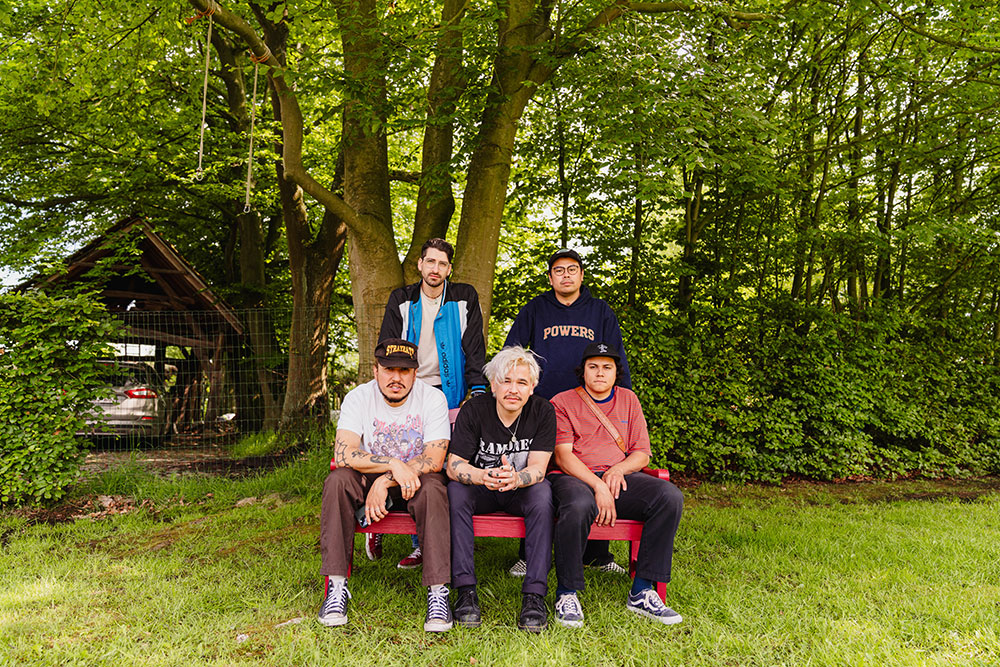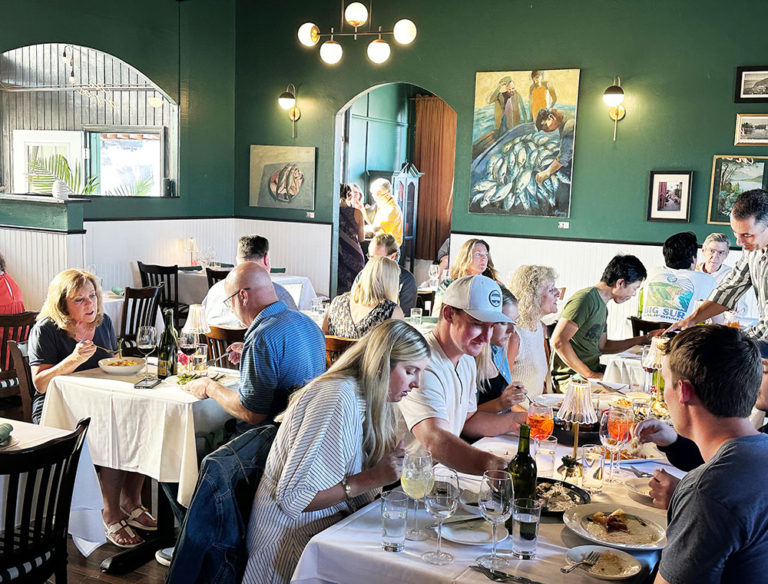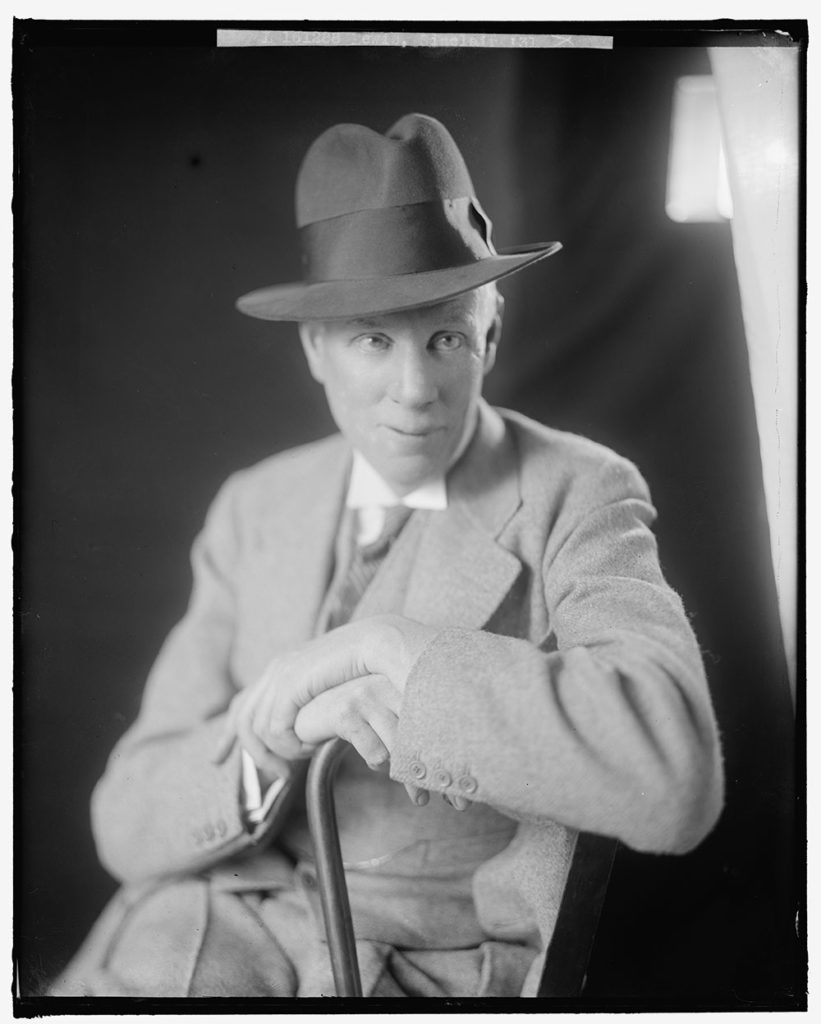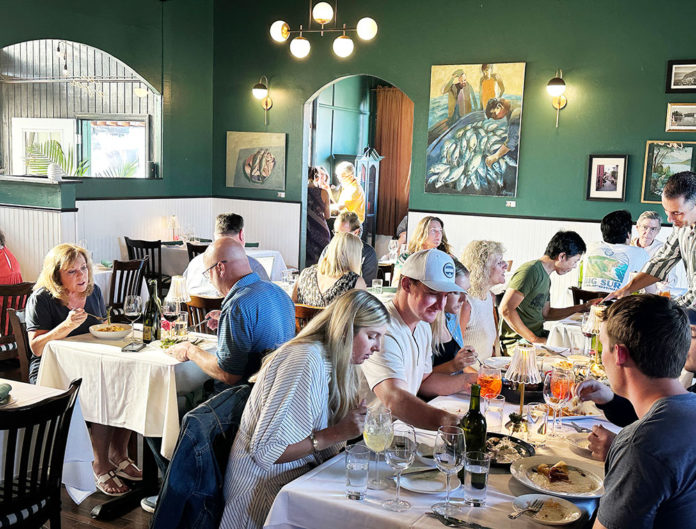ARIES March 21-April 19
Aries singer-songwriter Lady Gaga has written many songs, both for herself and other artists. She has famously declared that some of her most successful songs took her just 10 minutes to compose. They include “Just Dance,” “Poker Face” and “Born This Way.” According to my interpretation of the astrological omens, you could be rising to Lady Gaga levels of creativity in your own sphere during the coming weeks. And I won’t be surprised if your imaginative innovations flow with expeditious clarity, like Gaga at her most efficient.
TAURUS April 20-May 20
During the winter, some animals hibernate. They enter a state of dormancy, slowing their metabolism, breathing and heart rate. Other animals enter a similar state during the summer, conserving energy when the weather is hot and dry. It’s called estivation. According to my analysis of the astrological omens, many of you Tauruses would benefit from a modified version of estivation in the next couple of weeks. You’re in prime time to recharge your energy through deep relaxation and rest.
GEMINI May 21-June 20
The English word “amphibian” is derived from the Greek term amphibios, which means “living a double life.” The original meaning of the English word was “combining two qualities; having two modes of life,” though eventually it came to be used primarily to describe animals that function well on both land and in water. You Geminis are of course the most amphibious of all the astrological tribes. You can feel at home in a variety of situations. This may sometimes stir up confusion, but I see it as one of your greatest potential strengths. In the coming weeks, I hope you enjoy it to the maximum. It should serve you well. Wield it to take advantage of the sweet perks of versatility.
CANCER June 21-July 22
I dreamed that a young elephant appeared on the back deck of my house and stuck its trunk through the open sliding glass door. I got up from my chair and gently pushed the animal away, then closed the door. But after I woke up, I was sorry I had done that in my dream. What was I afraid of? The elephant posed no danger—and may have been a good omen. In some cultures, elephants in dreams and visions are symbols of good luck, vitality, long life and the removal of obstacles. So here’s what I did. I dropped into a deep meditative state and reimagined the dream. This time, I welcomed the creature into my home. I gave her the name Beatrice. We wrestled playfully and had fun playing with a red rubber ball. Amazingly, later that day, a certain obstacle in my actual waking life magically disappeared. The moral of the story, my fellow Cancerian: Welcome the elephant.
LEO July 23-Aug. 22
Some bamboo species grow very quickly—as much as 36 inches per day. I suspect your capacity to burgeon and blossom will display a similar vigor in the coming weeks. You may be surprised at how dramatic your development is. I’m hoping, of course, that you will be acutely focused on channeling your fertility in positive ways. Don’t feed an urge to recklessly gamble, for instance. Don’t pursue connections with influences that are no damn good for you. Instead, decide right now what areas of your life you want to be the beneficiaries of your growth spurt. Choose the beauty and power you will encourage to ripen.
VIRGO Aug. 23-Sept. 22
For months, we heard and saw crows pecking on the roof of our rental house. Why? Were they grubbing for food? It was mildly annoying, but seemingly no big deal. Then one night, their small, regular acts of mayhem climaxed in an unexpected event. Rain began to fall around 8pm. It was constant, though not heavy. At 9, the ceilings in five rooms began to leak. By 10:30, our house was flooded. We managed to rescue most of our precious items, but the house was damaged. We had to find a new place to live. I don’t expect anything nearly this drastic to befall you, dear Virgo. But I do encourage you to check to see if any small problem is gradually growing bigger. Now is a favorable time to intervene and forestall an unfavorable development.
LIBRA Sept. 23-Oct. 22
Two Scottish veterinarians researched the health of rhesus monkeys that are compelled by human handlers to dance on the streets of Islamabad, Pakistan. When I first learned about this, my response was, “Wow! Don’t those doctors have anything better to do? That is the most obscure research I have ever heard of.” But later, I decided I admired the doctors because they were motivated primarily by compassion. They found the monkeys were under severe stress, and they publicized the fact as a public service. Their work will ultimately lead to better treatment of the monkeys. In accordance with astrological omens, Libra, I advise you to seek out comparable ways to express altruism in the coming weeks. By engaging in noble and idealistic acts, you will attract good fortune into your sphere both for yourself and others.
SCORPIO Oct. 23-Nov. 21
Do you place any limits on how deep and expansive you allow your yearnings to be? Are you ever worried that maybe you desire too much and are at risk of asking for too much? If you answered yes to those questions, Scorpio, I will give you a temporary license to rebel against your wariness. In accordance with astrological rhythms, I authorize you to experiment with feeling the biggest, strongest, wildest longings you have ever felt. Please note that I am not advising you to immediately go out and actually express those longings to the hilt. For now, I’d like you to simply have the experience of entertaining their full intensity. This will be a healing experience.
SAGITTARIUS Nov. 22-Dec. 21
You will never guess the identity of the strongest animal on the planet. It’s not the gorilla, tiger or elephant. It’s the dung beetle, which can lug loads that weigh 1,141 times as much as it does. The equivalent for you would be to pull six double-decker buses crammed with people. I’m happy to inform you that although you won’t be able to accomplish that feat in the coming weeks, your emotional and spiritual strength will be formidable. You may be surprised at how robust and mighty you are. What do you plan to do with all that power?
CAPRICORN Dec. 22-Jan. 19
By age 35, you have already shed over 50 pounds of skin. The flesh that covers you is in a constant state of renewal. In the coming weeks, I expect your rate of regeneration to be even higher than usual—not only in regard to your skin, but everything else in your life, as well. Here’s a proviso: Renewal and regeneration are always preceded by withering or dwindling. To enjoy the thrill of revitalization, you must allow the loss of what was once vital but is no longer.
AQUARIUS Jan. 20-Feb. 18
Among people who go hiking a lot, “death march” is a term that refers to a long trudge through boring scenery in bad weather. Let’s use this as a metaphor for your life. I believe you have recently finished your own metaphorical version of a “death march.” Any minute now, you will begin a far more enjoyable series of experiences. Get ready for an entertaining meander through interesting terrains in fine weather. Be alert for unpredictable encounters with inspiration and education.
PISCES Feb. 19-March 20
Alex Larenty gives massages to lions at the Lion Park near Johannesburg, South Africa. They especially love foot rubs. Even Jamu, king of the local beasts, rolls onto his back so Larenty can get a good angle while caressing and kneading his paws. I bring this to your attention, Pisces, because it’s a good metaphor for the unique power you will have in the coming days: a knack for dealing successfully with wild influences and elemental powers through the magic of kindness, affection and service.
Homework: What goal would you and your best ally love to pursue together? Newsletter.FreeWillAstrology.com































